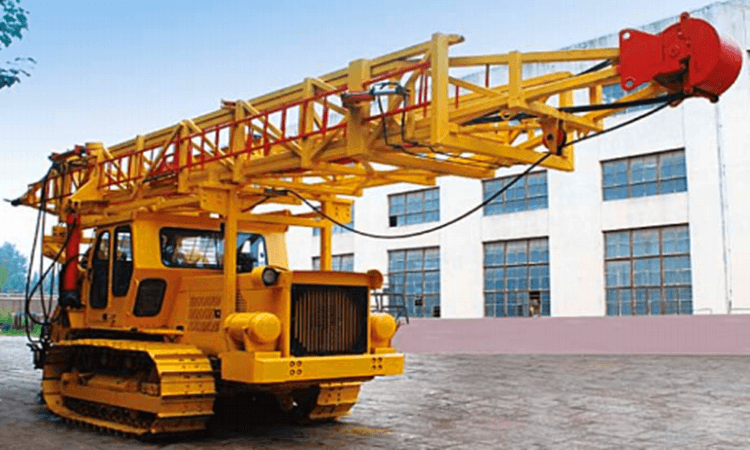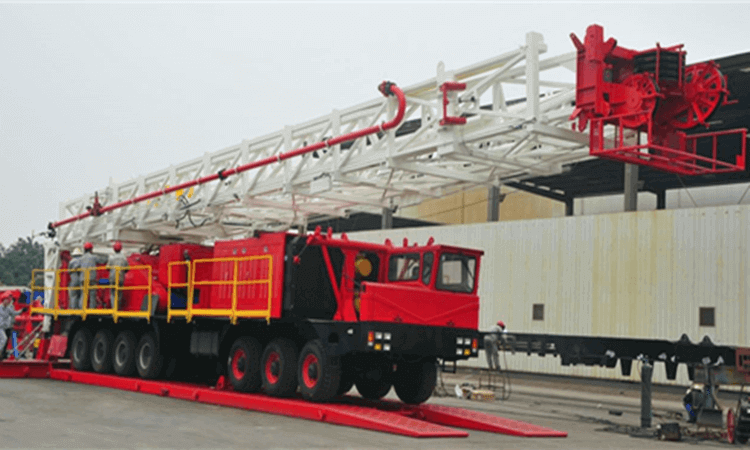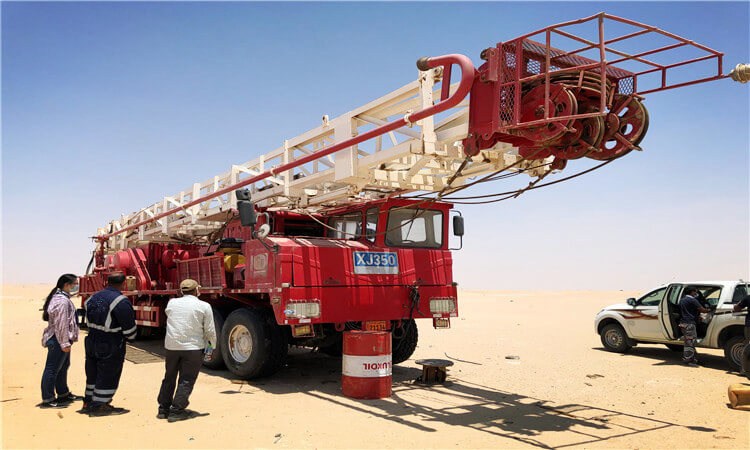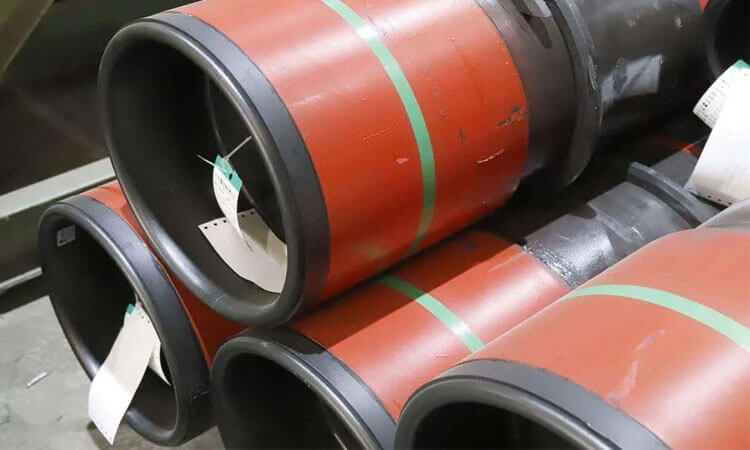Selection of Oilfield Workover Rigs in Low Lying and Muddy Areas
Selecting the right workover rig is crucial for maintaining production efficiency and reducing maintenance costs during oilfield maintenance and well intervention operations. Workover rigs can generally be classified into two main categories based on their operational structure: crawler type workover rigs and tire type workover rigs. In low-lying muddy areas, crawler type workover rigs offer distinct advantages.
Tire type workover rigs are typically equipped with large tires, similar to those found on standard trucks. They excel on flat, solid surfaces and are suitable for dry desert regions or rocky terrain. These rigs benefit from high-speed mobility but tend to perform poorly in low-lying muddy areas.

In contrast, crawler type workover rigs feature robust tracks, akin to those on tank treads. This design allows them to perform exceptionally well on muddy, uneven, and unstable terrain. Crawler type workover rigs offer greater stability and excel at handling changes in topography and slippery conditions, making them the ideal choice for work in low-lying muddy areas.
Furthermore, crawler type workover rigs have several advantages over their tire type counterparts when operating in low-lying muddy areas:
Terrain Adaptability: Low-lying muddy areas often feature uneven terrain and muddy ground. Crawler type workover rigs' tracks better distribute weight, reducing the impact on the ground and preventing the rig from getting stuck in the mud.
Stability: Crawler type workover rigs have a lower center of gravity and a wider support base, enhancing stability and preventing tilting or sliding, especially in muddy terrain.

Traction: Crawler tracks provide outstanding traction, allowing the rig to move more easily in muddy conditions and maintain a secure grip, even on steep slopes.
Durability: Tracks are typically more durable than tires, withstanding greater wear and tear and harsh conditions. This reduces maintenance costs and downtime.
Therefore, when faced with the challenges of oilfield maintenance and well intervention in low-lying muddy areas, choosing a crawler type workover rig is often the wise decision. Their design and performance enable them to excel in these challenging environments, ensuring that oilfield operators can work efficiently and maintain continuous production. Crawler type workover rigs represent a vital component of modern oilfield maintenance technology, providing robust tools to address complex terrains and environmental conditions, ultimately leading to successful oilfield operations.



